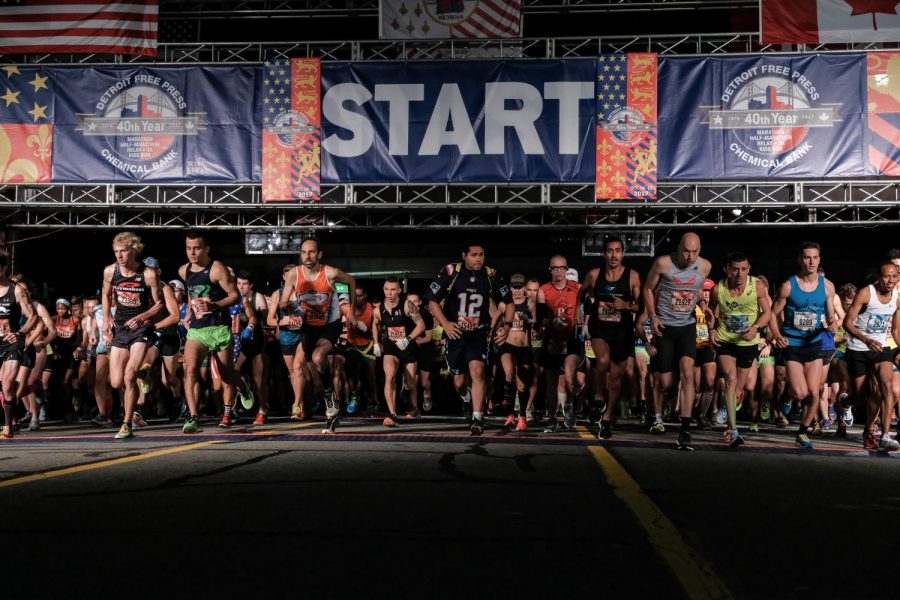What Makes Running Possible?
Fall’s cooler weather brings with it many sports that are centered around runningー soccer, football, field hockey, tennis, and cross country, to name a few. Not to mention the many recreational joggers who are inspired by the dropping temperatures to hit the streets or the trail. What changes take place in the body that allows you to move with speed and strength?
During the Run
During exercise, your body must find ways to meet your muscles’ demand for energy.
The source of fuel for a sprint is different from that of a long-distance run. Fermentation – the body’s fuel process for a sprint – is anaerobic, meaning it does not require oxygen. Distance running, however, requires a more efficient fueling process called aerobic (oxygen-requiring) respiration.
All cells are powered by the breakdown of the molecule ATP, which stands for adenosine triphosphate (hello, ninth grade Bio). In the first five to six seconds of running, the body can use ATP already present in muscle cells for immediate use.
After those first few seconds, the body begins to break down glycogen, a storage carb made up of a chain of simple sugar molecules called glucose, through the anaerobic process of fermentation. In fermentation, glucose from glycogen chains is broken down into ATP and molecules called pyruvates. Fermentation yields ATP, but the body receives it more slowly than it received the muscle cells’ immediate ATP stores.
Using immediate ATP stores and fermentation are both anaerobic (non-oxygen-requiring) processes that are enough to power most sprinting events. For longer distances, however, cells will require oxygen.
The body uses aerobic respiration, which begins with a similar process as fermentation but uses oxygen to generate more ATP during the breakdown of glucose, for middle to long distance runs. The rate of energy release from aerobic respiration is slower than that of anaerobic processes, which explains why the pace of a long run is slower than a sprint pace.
Runs longer than about thirty minutes rely on ATP from the breakdown of fatty acids in addition to glucose from glycogen stores. During a long run, the body uses glycogen and fatty acid stores simultaneously.
After the Run
ATP production returns to normal levels after the run, when it increased from resting production by as much as 1000 times.
The demands on the body during running build endurance for later runs. Exercise causes micro-tears in muscles, which help strengthen the muscles by initiating a repair process that builds more muscle than there was previously.
This season, marvel at the ingenious ways your body supplies your muscles with energy for all your running endeavors.

Amélie Lemay '20 hopes to keep the Harriton community up-to-date on all things science and tech. She was a staff writer in 9th grade and an assistant...


